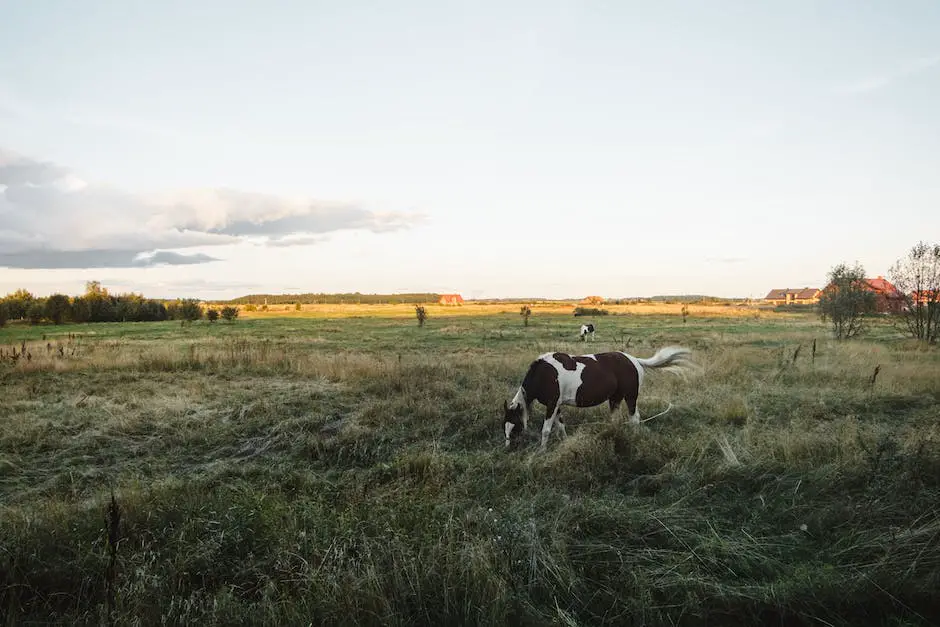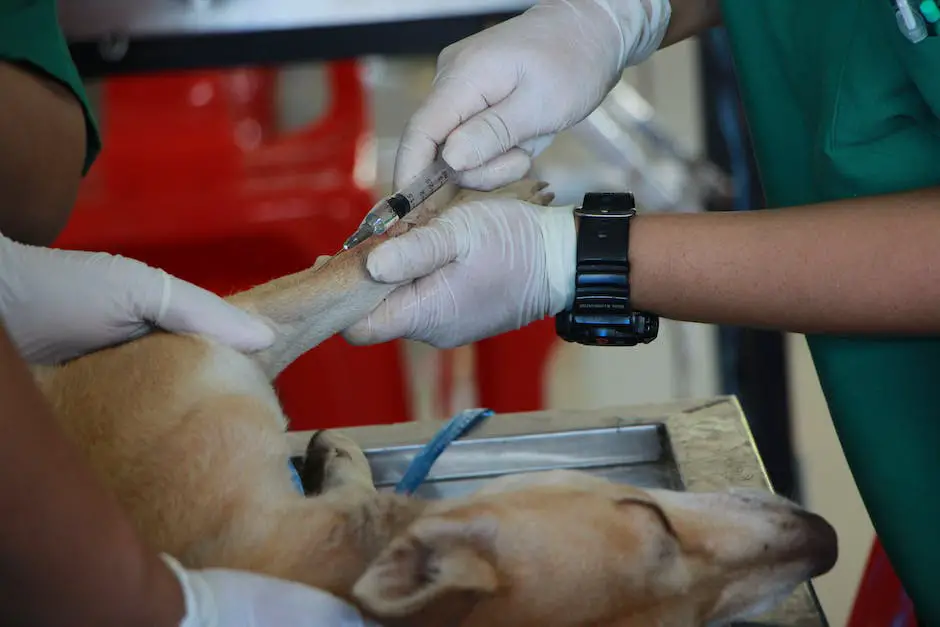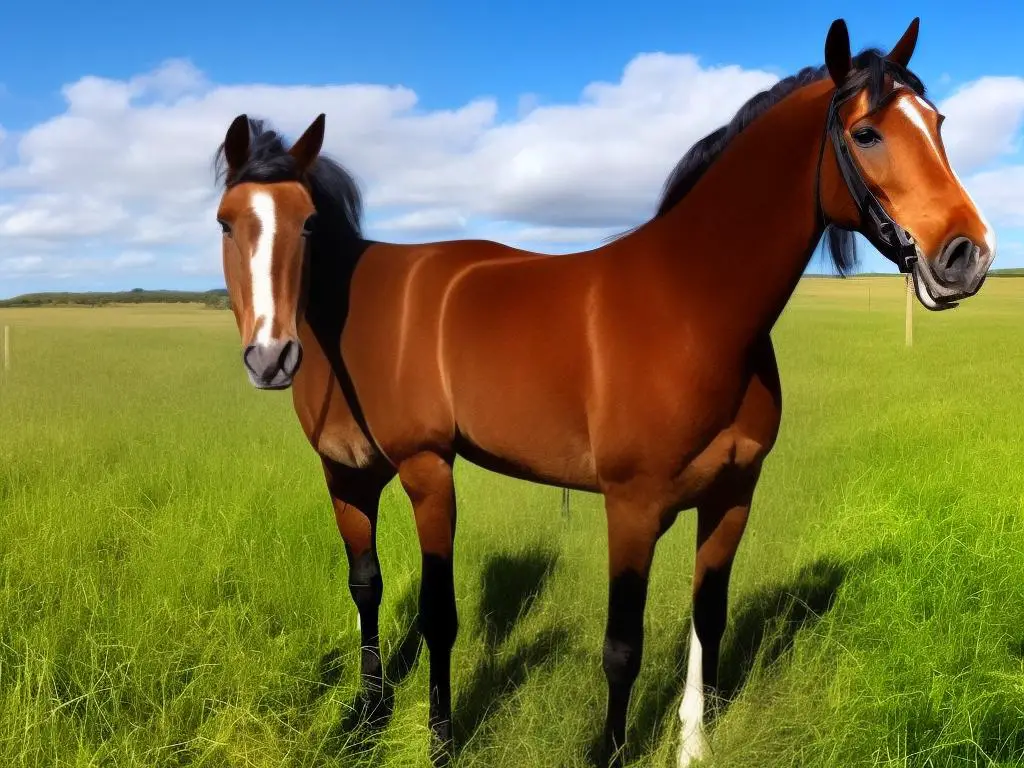Delving into the world of Saddlebred horse breeding is a rewarding and fascinating journey for enthusiasts and hobbyists alike. This exceptional breed, known for its beauty, athleticism, and versatility, has captured the hearts of equestrians for centuries. As we explore the history, characteristics, and breeding practices that go into producing top-quality Saddlebred horses, it’s essential to understand the critical role that informed decision-making plays in breeding healthy, talented, and promising offspring.
Table of Contents (Horspedia)
History of Saddlebred Horses
The History of the Saddlebred Horse
The Saddlebred horse has a rich and storied history in America, dating back to the 1700s. This breed’s development parallels the nation’s expansion and growth, as the settlers and farmers of the time required a versatile and sturdy horse to help them establish themselves in the New World. They sought a horse that was not only strong and adaptable but also stylish and elegant for riding in various settings.
Early settlers in Virginia and Kentucky began developing this new breed by crossing various existing breeds, such as the Thoroughbred, the Narragansett Pacer, and the Irish Hobby. The result was the American Saddlebred, a horse with the athleticism and endurance required for hard work, as well as the presence and grace necessary for a distinguished riding horse.
Influential Bloodlines
The bloodlines of the early Saddlebred horses played a crucial role in the breed’s development. One influential sire was Denmark, a Thoroughbred stallion who was foaled in 1839. His offspring, known for their beauty and impressive performances, were highly sought after by breeders looking to establish a distinguished line of horses. One of Denmark’s most famous offspring was Gaines’ Denmark, a legend in the Saddlebred world who sired over 300 registered foals in his lifetime and was awarded by the National Saddle Horse Breeders Association for his outstanding contributions.
Notable Historical Figures
In addition to notable bloodlines, influential historical figures had a significant impact on the development and popularization of Saddlebred horses. Tom Bass, born into slavery in 1859, went on to become a legendary horse trainer and showman. Known as the “Black Horse Whisperer” of his time, Bass was celebrated for his gentle training methods and unmatched ability to evaluate and improve a horse’s gait. He greatly promoted the Saddlebred breed through his exhibition of champion horses such as Rex McDonald and Belle Beach, a mare which he rode in the inaugural parade for President Theodore Roosevelt in 1905.
Another important historical figure in the Saddlebred world was a woman by the name of Donela C. Gerhard. In the early 1900s, she saw the potential of this incredible breed and founded the American Saddle Horse Breeders Association. Her passion for this breed inspired many others to become breed enthusiasts, and she paved the way for the organization we know today as the American Saddlebred Horse Association.
The Modern Saddlebred Horse
The American Saddlebred has undergone significant refinement over the years, thanks to various breeding programs aiming to enhance the breed’s traits, creating the ideal horse. Presently, these equines are renowned for their style, presence, and versatility to excel in both riding and driving competitions. With their high-stepping gaits and outstanding temperament, Saddlebred horses have made an indelible mark in the show ring, capturing the admiration of equestrians and spectators alike.
As the breed continues to evolve and thrive, recognizing the impact of historical figures and influential bloodlines is crucial to the ongoing success of the American Saddlebred.

Saddlebred Breed Characteristics
American Saddlebred Horse
The American Saddlebred horse is distinguished by its elegant and refined conformation, which has been gradually perfected over time. Bred for performance and athleticism, these horses boast a beautiful, balanced build, enabling them to shine in various disciplines. Hallmarks of the breed’s elegance and grace include long, arched necks, chiseled heads, and well-sloped shoulders. Saddlebreds also display strong, powerful hindquarters, deep chests, and long croups, attributing to their unique, high-stepping gaits.
Gaits
The distinct gaits of the Saddlebred horse are key elements of their breed characteristics and are integral to Saddlebred breeding programs. They can perform a walk, trot, and canter, as well as their trademark slow gait and rack. The slow gait is a four-beat gait with each foot hitting the ground separately, creating a smooth, gliding motion. The rack is an even more animated version of the slow gait, showcasing the horse’s incredible speed and agility while maintaining an incredibly smooth ride for the rider. These gaits, coupled with the breed’s natural athleticism, make Saddlebreds highly sought after for disciplines like saddle seat, pleasure, and driving competitions.
Temperament
When it comes to temperament, the Saddlebred is known for its intelligence, friendliness, and willingness to please. Their naturally curious and engaging nature makes them a joy to work with, and they form strong bonds with their handlers and riders. Saddlebred breeding programs emphasize these ingrained personality traits to ensure that each generation of horses is approachable, trainable, and adaptable to their rider’s needs. This versatility has allowed Saddlebreds to excel not only in traditional competitive disciplines but also in dressage, eventing, and jumping.
Breed Standard
The breed standard for an American Saddlebred is a crucial aspect of any breeding program. The standard dictates that the horse should stand between 15 and 17 hands tall and exhibit a refined and chiseled appearance. They can be found in a variety of colors, including chestnut, bay, black, gray, and pinto. The ideal Saddlebred is also sound, symmetrical, and well-proportioned, attributes that are integral to the breed’s success in performance disciplines. By adhering to the breed standard, breeding programs can ensure that they are continuing the legacy of the American Saddlebred as an elegant and capable athlete.
Breeding Programs
The American Saddlebred is a versatile and elegant breed that excels in a variety of disciplines, thanks to its unique characteristics and graceful gaits. These horses are highly adaptable and successful in competitive arenas such as saddle seat equitation, pleasure riding, English and western pleasure, as well as driving competitions. Saddlebred breeding programs specifically focus on enhancing the breed’s elegant conformation, athletic ability, and delightful temperament in order to maintain its esteemed status both in and out of the show ring.

Selecting Saddlebred Breeding Stock
Factors to Consider in Selecting Saddlebred Breeding Stock
In order to achieve outstanding results in American Saddlebred breeding programs, it is essential to carefully select the breeding stock based on their conformation, or the physical structure, balance, and proportions of the horse. Exceptional conformation in both mares and stallions is important for determining the potential performance and soundness of their offspring. Hence, breeders should focus on evaluating factors such as the horse’s head and neck, body, limbs, and overall balance when choosing suitable mare and stallion candidates for their breeding programs.
Another essential consideration when choosing Saddlebred breeding stock is the health of the mare and stallion. A healthy horse is more likely to produce strong, resilient offspring with minimal health issues. Breeders should assess the general health of potential breeding stock by evaluating their body condition and consulting with veterinarians for regular check-ups. Ensuring both the mare and stallion are free from heritable diseases or conditions is also imperative, as these can be passed onto future generations.
Performance is also a vital factor when selecting Saddlebred breeding stock. Breeders should ideally select stallions and mares with a proven track record in various disciplines, such as dressage, western pleasure, and driving. A horse’s performance is often indicative of their temperament, ability, and work ethic – all traits that breeders should aim to reproduce in the offspring. Examining the performance records of the mare and stallion’s close relatives can also provide valuable insight into the potential success of their progeny.
A Saddlebred breeding program should also place a strong emphasis on pedigree analysis. By researching the ancestry of both the mare and stallion, breeders can make informed decisions regarding the potential compatibility of the prospective breeding pair. Pedigree analysis allows breeders to identify desirable traits and bloodlines as well as any potential risks associated with certain combinations. Breeders should aim to match mares and stallions with complementary bloodlines to maximize the chances of producing superior offspring.
When it comes to Saddlebred breeding programs, careful consideration and research are essential in selecting the best breeding stock. With a focus on conformation, health, performance, and pedigree, breeders can ensure that they are making informed decisions and setting themselves up for the greatest potential success in producing top-quality Saddlebred offspring. By diligently evaluating each of these factors and establishing a well-rounded program, hobbyists and enthusiasts can truly become skilled in the art of Saddlebred breeding. To achieve this, one of the key aspects breeders should understand is equine genetics.

Genetics and Saddlebred Breeding
Understanding Equine Genetics in Saddlebred Breeding Programs
One essential aspect of Saddlebred breeding programs is understanding equine genetics, as this knowledge enables breeders to make informed decisions when pairing horses. Among the various genetic traits that breeders consider, coat color is one of the most visually apparent. Although it may seem like a superficial aspect, coat color is an essential factor in Saddlebred breeding because it is often related to other inherited traits, such as genetic disorders. When breeders grasp how different genes interact and express themselves, they can better select the ones that produce the most desirable outcomes.
Inheritance Patterns
Inheritance patterns, which refer to how genetic traits are passed from parent to offspring, are also vital in Saddlebred breeding programs. Some inheritance patterns are simple, like the dominant and recessive genes for coat color. In other cases, however, inheritance patterns can be more complex, involving multiple interacting genes. By understanding these inheritance patterns, breeders can predict the possible outcomes of particular breeding pairs and choose the most suitable combinations that align with their breeding goals.
Genetic Disorders
Of particular concern to Saddlebred breeders are certain genetic disorders that can affect the health, conformation, or performance of the resulting foals. Some of these disorders are directly linked to coat color genes, such as lethal white syndrome. Others are more prevalent in specific bloodlines or families within the Saddlebred breed. Responsible breeders should be aware of these disorders and test their breeding stock to reduce the chances of producing affected offspring dramatically.
DNA Testing
DNA testing is a valuable tool that has become increasingly accessible and affordable for breeders. By testing horses for specific genetic traits, breeders can make informed decisions about which animals to include in their breeding program and what traits to select for or against. For example, breeders can use DNA testing to determine a horse’s coat color genetics or identify potential carriers of genetic disorders. This knowledge helps ensure that breeders make responsible breeding choices that promote the health and genetic diversity of the Saddlebred breed.
Conclusion
Overall, understanding genetics and inheritance patterns is crucial for the success of any Saddlebred breeding program. As breeders continue to develop their knowledge and utilize tools like DNA testing, the probability of producing healthy, well-conformed, and desirable offspring increases. Breeding responsibly not only benefits individual breeders and horses but also supports the long-term health and success of the Saddlebred breed as a whole. By emphasizing genetic soundness, breeders can help preserve and enhance the unique qualities that make Saddlebreds such an admired and valued breed.

Breeding Program Management
Record Keeping in Saddlebred Breeding Programs
In conjunction with a solid understanding of equine genetics, accurate and thorough record keeping is essential to any successful Saddlebred breeding program. A program should maintain detailed records of each horse, including lineage, health history, breeding dates, and performance achievements. These records will help breeders make informed breeding decisions, track trends within their breeding program, and quickly address any health issues that arise. In addition, keeping up-to-date records can also be essential when registering a horse with the American Saddlebred Registry. Proper documentation and organization of information contribute to a breeding program’s overall success, ensuring the health and performance of Saddlebred offspring while also preserving the breed’s distinct qualities.
Mare and Stallion Care
Mare and stallion care is another fundamental aspect of Saddlebred breeding programs. Maintaining optimal health for both mares and stallions ensures higher fertility rates and produces healthier offspring. Routine veterinary care, vaccinations, deworming, dental care, and proper nutrition should all be provided to ensure the horses are in the best possible condition for breeding. Mares should also be monitored closely during their heat cycles to accurately predict ovulation, increasing the chances of successful conception.
Foaling
Foaling is a critical stage in any breeding program, as various complications can arise during the birth process. Breeders should be prepared for any difficulties by having a trained professional, such as a veterinarian or experienced foaling attendant, on hand to assist with the delivery. Proper foaling facilities with adequate lighting, space, clean bedding, and tools for assisting with a complicated birth should be available. Additionally, close monitoring of the mare and newborn foal is essential in ensuring their well-being and promptly addressing any health concerns.
Weaning
Weaning is another important stage in Saddlebred breeding programs. Typically, foals are weaned between four and six months of age. This process should be approached with care, as it can be a stressful time for both the mare and foal. To minimize stress, breeders may choose to slowly separate the pair or wean several foals together to provide companionship and support. Adequate nutrition and careful management of the weaning process can contribute to the overall success of a breeding program.
Preventive Health Care and Proper Nutrition
Preventive health care and proper nutrition are crucial aspects of a successful Saddlebred breeding program. Ensuring routine veterinary care, including vaccinations and deworming, protects horses from illness and disease. Additionally, proper nutrition should be tailored to each horse’s individual needs, taking factors like age, stage of gestation, and activity level into consideration. Properly maintained facilities – clean stalls, safe paddocks, and exercise areas – further promote the well-being of both mares and foals, which contributes to the success of your breeding program.

Marketing and Promotion
Marketing and Promotion
A successful Saddlebred breeding program requires not only excellent care but also effective marketing and promotion. By establishing a solid marketing plan, you can generate interest in your horses and reach potential buyers. To present your horses in an attractive and professional manner, ensure they are impeccably groomed, photographed in flattering poses, and portrayed with accurate and appealing language in sale advertisements. High-quality photos and videos that showcase your horses in action can significantly capture the attention of potential buyers, helping to make your breeding program a success.
Social media is another crucial element to consider in promoting your Saddlebred breeding program. Platforms such as Facebook, Instagram, and Twitter allow breeders to connect with fellow enthusiasts, share updates and achievements, and showcase their horses to a broad audience. Creating engaging content, such as behind-the-scenes footage of your breeding operation, successful show outings, and even spotlighting the personality of individual horses can help to keep followers interested and invested in your program.
In addition to utilizing social media, consider building a user-friendly and informative website for your Saddlebred breeding program. A website can serve as a centralized location for potential buyers to learn about your operation, view available horses and their pedigrees, and browse testimonials from satisfied clients. Incorporating a blog or news section to share updates and accomplishments can further demonstrate the success and quality of your program.
Collaborating with other industry professionals, such as trainers, riders, and show organizers, can also aid in promoting your Saddlebred breeding program. By networking with these individuals, you may have more opportunities to showcase your horses in prestigious shows, events, or exhibitions. These affiliations will not only increase the visibility of your Saddlebred offspring but also lend credibility and prestige to your breeding program as a whole. Additionally, attending industry events such as horse shows, auctions, and conferences can provide valuable opportunities for networking and keeping up-to-date on advancements in the Saddlebred breed.
Another interesting avenue to consider is advertising in equestrian publications, both print and online, that cater to the American Saddlebred community. Well-placed, eye-catching advertisements can help your breeding program stand out among competitors and reach potential buyers who may not be active on social media or browsing websites. Taking advantage of multiple marketing channels, with a cohesive and consistent message, will maximize your chances of attracting interest and ultimately selling your Saddlebred offspring.

With a comprehensive understanding of Saddlebred history, characteristics, genetics, and responsible breeding practices, passionate enthusiasts can make informed decisions that not only benefit their own breeding programs but also contribute to the advancement and prosperity of this beloved breed. Embracing the values of proper breeding program management, coupled with strategic marketing and promotion, will ensure that the future generations of Saddlebred horses continue to embody the elegance, grace, and versatility that has captivated equestrians for centuries. The legacy of the Saddlebred depends on the commitment and integrity of breeders who dedicate themselves to the pursuit of breeding excellence.
